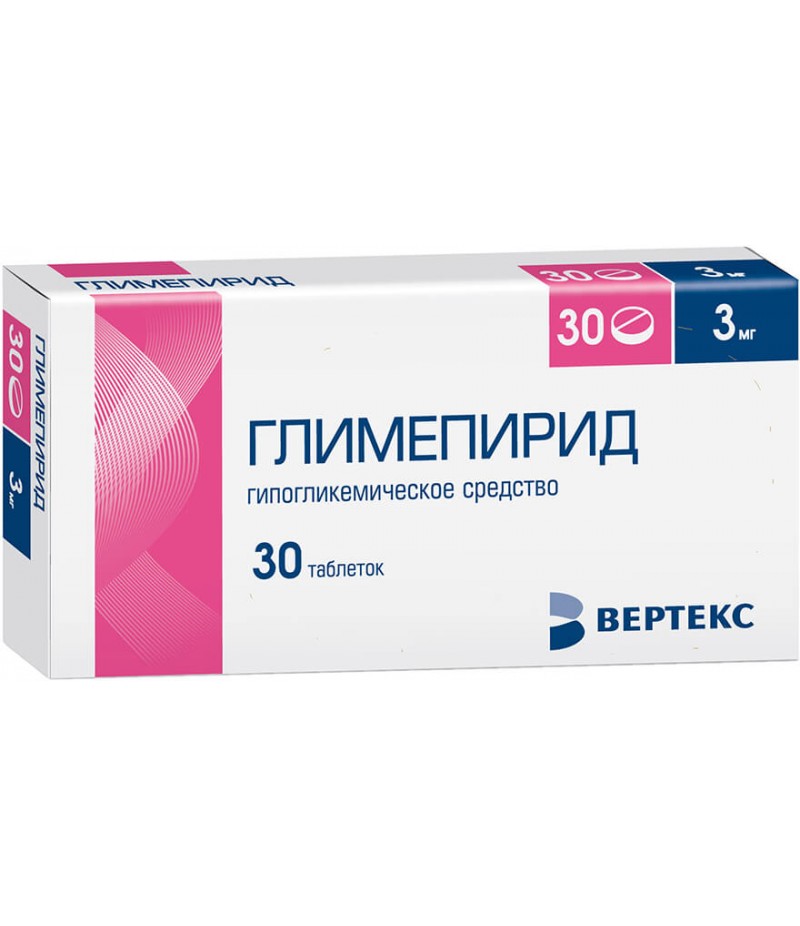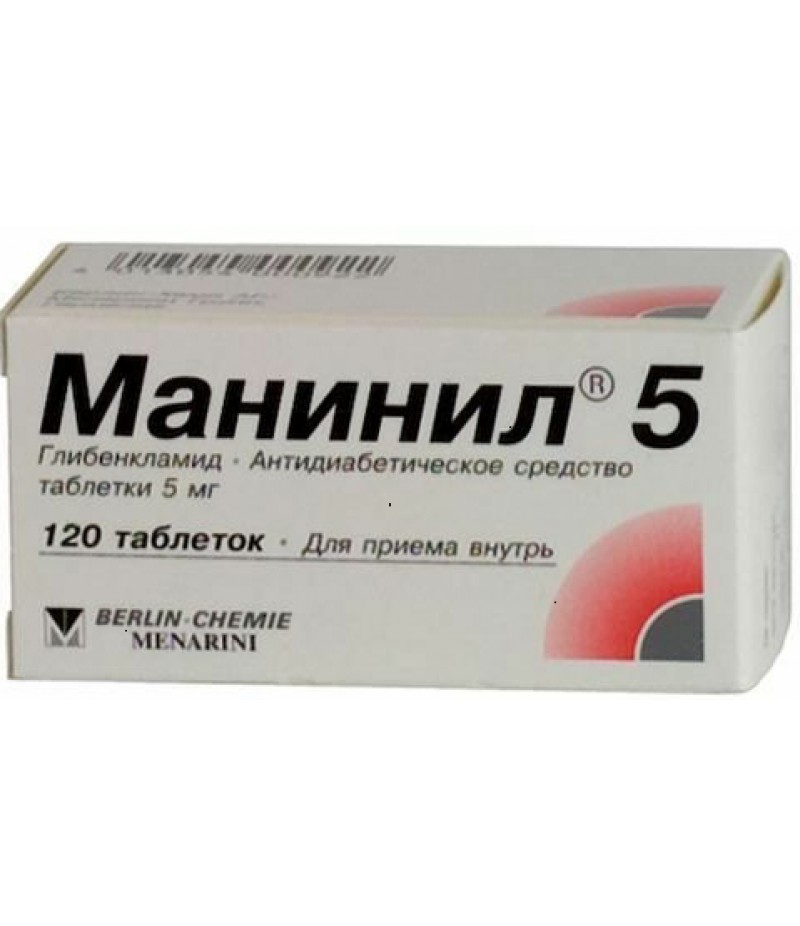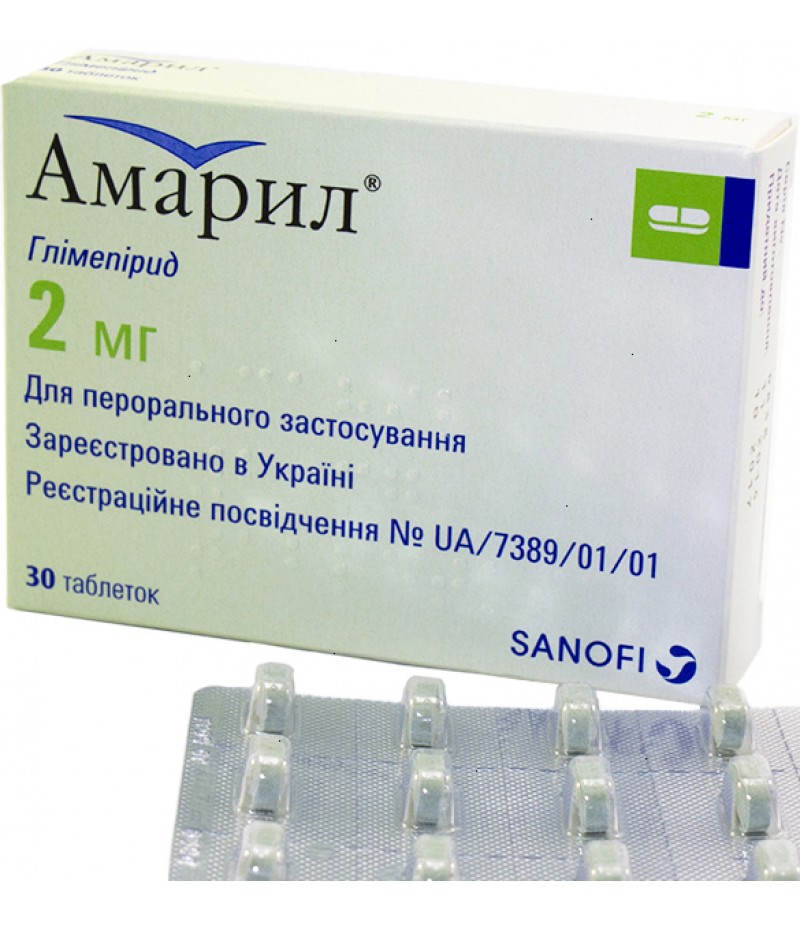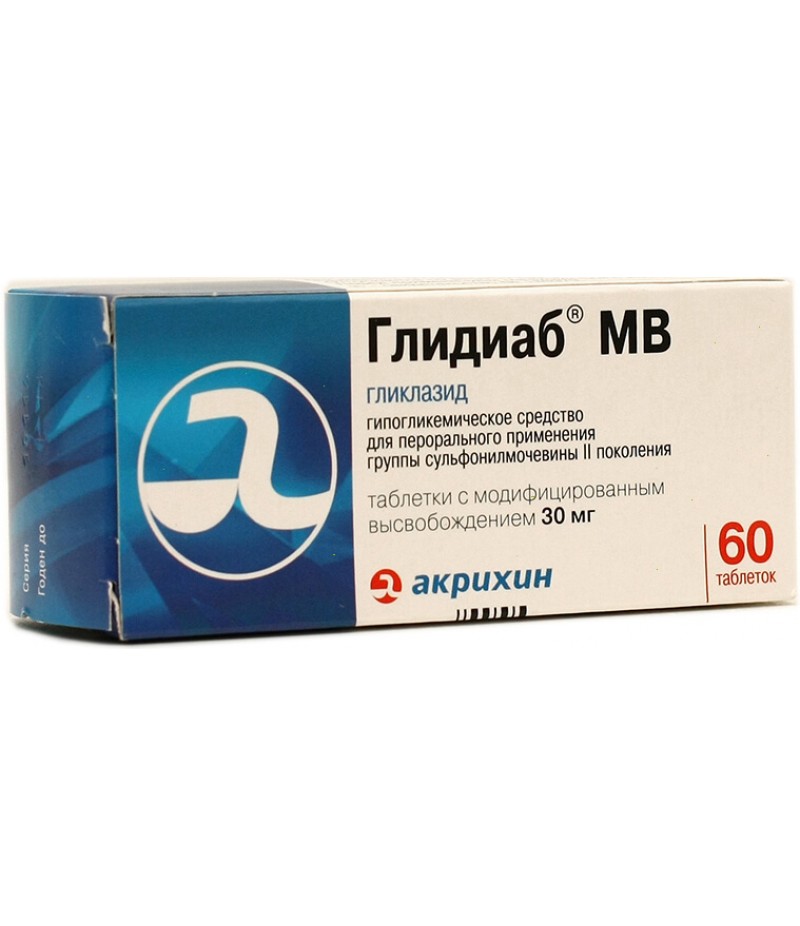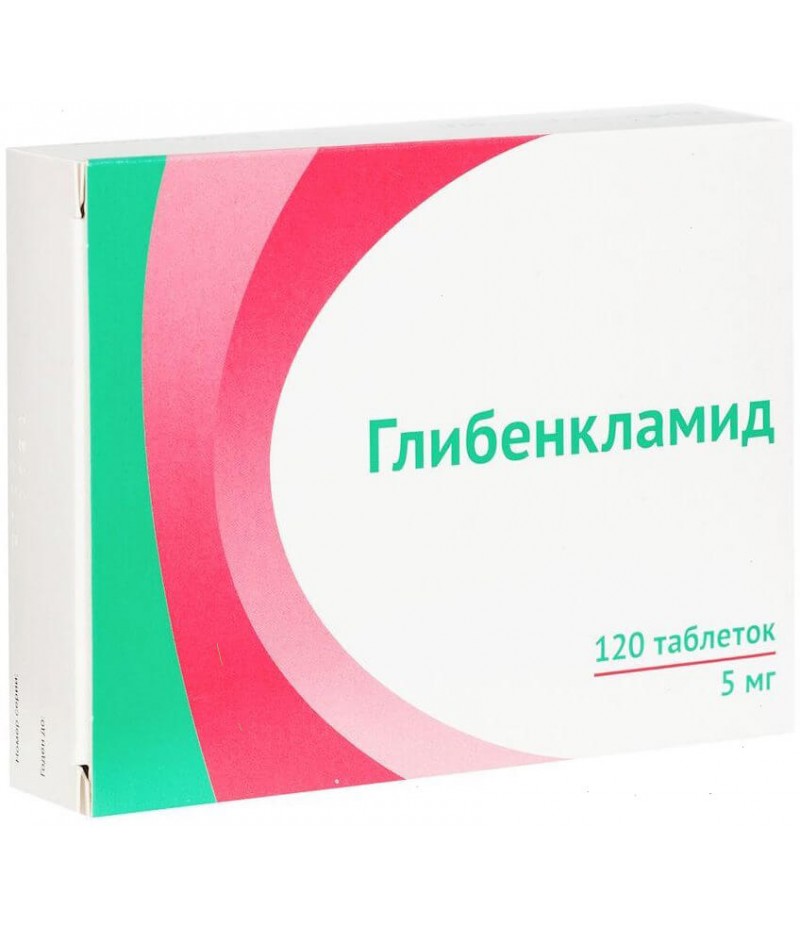Glimepiride tabs 3mg #30
- $19.17
- 3 or more $18.99
- Availability:In Stock
Glimepiride user manualReed more and buy Glimepiride hereCompositionTablets Glimepirid release in dosage of 1, 2, 3, 4 or 6 mg + excipients: lactose monohydrate, povidone, microcrystalline cellulose, starch glycolate, polysorbate ..
Tags: tabs
Glimepiride user manual
Reed more and buy Glimepiride here
Composition
Tablets Glimepirid release in dosage of 1, 2, 3, 4 or 6 mg + excipients: lactose monohydrate, povidone, microcrystalline cellulose, starch glycolate, polysorbate 80, magnesium stearate.
Depending on the dosage, the tablets also additionally contain colorants:
1 mg - red iron oxide;
2 mg - indigo carmine lacquer aluminum and yellow iron oxide;
3 mg - iron oxide yellow;
4 mg - indigo carmine.
Release form
The drug is released in blisters of PVC film and aluminum foil, in a cardboard bundle one blister.
Tablets are flat-cylindrical in shape, painted, beveled, light pink, green, yellow or blue, depending on the dosage.
pharmachologic effect - hypoglycemic agent.
Pharmacodynamics and pharmacokinetics
Glimepiride is a hypoglycemic substance from the sulfonylurea group. The drug can be used for non-insulin dependent diabetes mellitus.
The substance acts by stimulating the release of insulin from beta cells in the pancreas.
All sulfonylurea drugs regulate insulin secretion by closing the ATP-dependent potassium channel in the pancreatic membranes. Due to the closure of this channel, beta cells are depolarized and calcium channels are opened and insulin is released. It is noteworthy that Glimepirid quickly binds to the proteins of the membranes of beta cells, however, communication is carried out through other channels that are different from other sulfonylurea derivatives.
Blockade of ATP-dependent potassium channels of the myocytes of the heart does not occur.
The active ingredient also has no pancreatic effects. These include increasing the sensitivity of peripheral tissues (fat and muscle) to insulin and reducing the activity of insulin utilization by the liver cells.
The drug increases the activity of the enzyme glycosylphosphatidylinositol-specific phospholipase C, thus increasing hypo- and glycogenesis.
The degree of influence of the drug on the body depends on the dosage. During the reception of the remedy, the reaction of insulin production decrease during acute physical exertion is preserved.
The drug has antioxidant, antiaggregate and anti-atherogenic effects.
Food intake does not affect the process of absorption of the active substance from the gastrointestinal tract. The bioavailability of the drug is close to 100%. 2.5 hours after taking the pill, glimepiride reaches its maximum level in the blood.
The drug has a low clearance rate and a high degree of binding to plasma proteins (almost 99%). The drug overcomes the placental barrier, and to a small extent the blood-brain.
The half-life is from 5 to 8 hours, with the reception of very large doses, this figure increases slightly.
The tool undergoes metabolic reactions in the liver with the participation of the enzyme SUR2S9, about 60% of metabolites are excreted in the urine and about 30% in the feces. The drug is not cumulated in the body.
Pharmacokinetic parameters are practically independent of age or gender.
Indications for use
Glimepirid is prescribed for insulin-dependent diabetes mellitus type II, if diet, exercise and weight loss are not effective enough.
Contraindications for Glimepiride
The drug is contraindicated:
pregnant and lactating women;
if you are allergic to any of its components;
persons with diabetic ketoacidosis;
with diabetes mellitus of the first type;
with diabetic coma and precoma;
patients with severe impairment of the liver or kidneys.
Side effects
During clinical and post marketing studies, the following adverse reactions were observed:
skin rash, urticaria, sensitivity to light;
nausea, diarrhea, abdominal pain, vomiting;
leukopenia, agranulocytosis, thrombocytopenia, hemolytic anemia, pancytopenia (reactions, as a rule, took place after the withdrawal of the drug);
hypersensitivity reactions, shortness of breath, falling blood pressure, shock;
cholestasis, jaundice, liver failure, hepatitis;
hypoglycemia;
reduction of sodium in the blood.
The incidence of the following side effects is unknown:
increased levels of liver enzymes;
visual impairment in the first weeks of treatment;
cross-allergy with sulfonamides and sulfonylurea derivatives.
Instructions for use Glimepiride (method and dosage)
It should be remembered that successful treatment of diabetes mellitus depends on whether the patient is on a diet, diet and physical activity.
The dosage depends on the content of glucose in the blood and urine. Appointed by the attending physician.
Instructions for use Glimepiride
The medicine is recommended to be taken shortly before or during the meal (breakfast). Thus, it is possible to minimize the likelihood of nausea and abdominal discomfort. Swallow the pill whole, without dividing or chewing.
The drug intake, as a rule, begins with a dosage of 1 mg per day. Further, depending on the tests, the dosage is gradually increased to 2, 3 or 4 mg per day. The rate of increase should be 1 mg in 7-14 days. The maximum daily dosage is 6 mg.
Combination therapy
This type of treatment is made on the recommendation and under the supervision of the attending physician.
When combined with Metformin or Insulin, Glimepiride should also be started with a low dosage. Then it can also be gradually increased, depending on blood counts.
If adverse reactions occur when taking 1 mg of the drug per day, treatment with the drug should be stopped.
Transition to glimepiride with other hypoglycemic agents
This kind of replacement should be carried out with extreme caution and under the supervision of a physician.
If the medicine (for example, Chlorpropamide) tends to accumulate in the body, then you should take a break for several days before taking Glimepiride.
Overdose
An overdose of the drug can lead to hypoglycemia, which lasts from 12 hours to 3 days, sometimes after remission may appear again.
As a rule, the symptoms appear within 24 hours after the absorption of the drug in the gastrointestinal tract. Observed: nausea, vomiting, pain in the right side, agitation, tremor, distortion of vision, incoordination, coma, drowsiness and convulsions.
As a therapy, it is recommended to induce vomiting or gastric lavage, to take adsorbents (activated carbon), by-products (sodium sulfate). Sometimes hospitalization of the patient, the introduction of glucose in / in. Next, monitor blood sugar levels.
Interaction
Hypoglycemic effect on the body Azapropazone, Probenitsid, Tetracycline, quinolones.
Care should be taken when combining the drug with histamine H2 receptor blockers (Reserpine, Clonidine) and ethanol.
When combined with acetazolamide, corticosteroids, diuretics, sympathomimetics, laxatives, estrogens, phenothiazine, rifampicin, barbiturates, diazoxide, adrenaline, glucagon, nicotinic acid, progestogens, phenytoin and thyroid hormones, the effectiveness is reduced.
The combination of coumarin derivatives with glimepiride can weaken or enhance their effects on the body.
Terms of sale
You don't need a prescription to buy Glimepiride.
Storage conditions
It is recommended to store tablets in a cool place, in the original packaging.
Shelf life - 3 years.
special instructions
While taking the medicine, it is not recommended to operate the mechanisms or the machine.
When changing weight, lifestyle, the appearance of other factors that contribute to the development of hyper- or hypoglycemia, the issue of stopping the medication should be decided.
The drug should be carefully combined with patients with disorders in the thyroid gland, adrenocortical or adeno-pituitary insufficiency.
In the first weeks of treatment, hypoglycemia may develop, especially if the patient does not follow the diet, takes alcohol, does not exercise. In this case, you should stop this condition by taking carbohydrates.
Sometimes it becomes necessary to transfer the patient to insulin, for example, during operations, surgical interventions, infectious diseases.
During treatment should be monitored sugar content in the urine and blood.
During pregnancy and lactation
At the planning stage of pregnancy, it is recommended to switch to insulin. During pregnancy, glimepiride is not recommended.
Due to the increased risk of hypoglycemia in a newborn whose mother takes the drug, breastfeeding should be stopped (or the drug should be stopped).
Glimepiride Reviews
On the Internet there are mostly good reviews about medication. It is quite effective in type 2 diabetes, if the remedy was prescribed by the attending physician. However, in some patients, the drug can cause weight gain and nausea.
Common reviews:
“After 2 months of admission, I can say: there is an effect and it is stable. The main thing is to check the blood for sugar all the time and strictly follow the scheme prescribed by the doctor ... ”;
“The preparation is good for everyone, but I am gaining weight on it ...”;
“Glimepiride is a good achievement for our pharmacologists, thank them for it. It is convenient enough to take it once a day ... ”.

